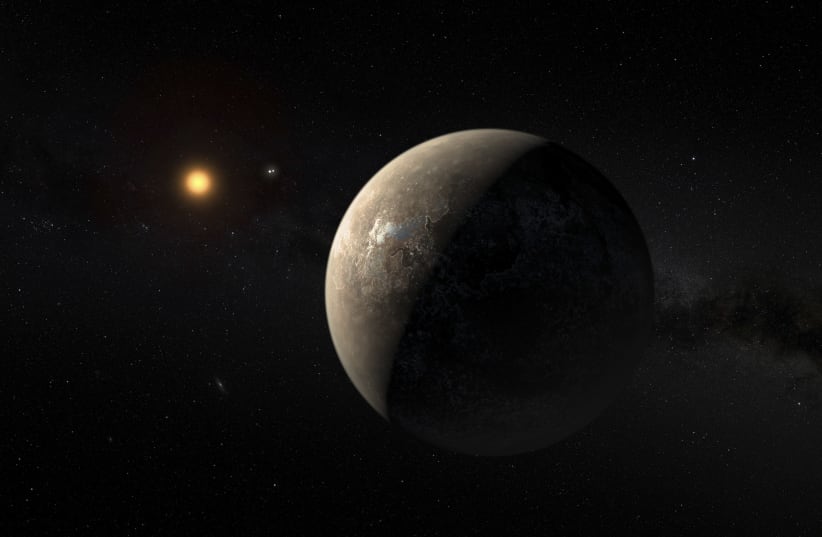Could pollution be the key to finding traces of extraterrestrial civilizations? According to a new paper published by NASA researchers, that seems to be the case.
The paper, accepted for publication in the academic periodical Astrophysical Journal and published without peer review for on arXiv, propose a new model for finding extraterrestrial life through the detection of nitrogen dioxide (NO2) in the atmosphere, as the molecule is commonly found as an industrial byproduct.
But while this is the first to consider detecting NO2 as a possible sign of advanced civilization, the premise of the study is not new, building off of work done by Israeli-American astrophysicist Avi Loeb, head of Harvard University’s Astronomy Department.
Speaking to The Jerusalem Post, Loeb explained the methodology for detecting pollutant chemicals in atmospheres.
“By studying the light when a planet is in front of its star, you can detect the atmosphere’s impact on the light, meaning you can determine the chemicals in the atmosphere,” he explained.
“That includes molecules that are produced like carbon dioxide and water vapor, and ones like oxygen or methane. That could be indicative of primitive life, though on Earth for the first two billion years there wasn’t much of an atmosphere. For the first half of Earth's history there were microbes but no oxygen, so a lack of oxygen is not necessarily indicative of no life, and oxygen could also be naturally produced.”
In his work, Loeb suggested looking to detect larger, more complex molecules, like chlorofluorocarbon (CFCs). “These cannot be naturally produced, and are always artificial, usually the result of refrigerators and industry,” he said.
“The new study suggests NO2. However, NO2 is also created by volcanic activity, so you shouldn’t rely on just that as a sign of intelligent life.”
He cited a recent example of a discovery that some theorize could indicate alien life within the solar system. In September, the chemical phosphine was detected in the atmosphere of Venus. As the chemical is most commonly produced by phosphate reduction in decaying lifeforms, many believe this could be evidence of life on one of Earth’s closest neighbors.
And the theory is not without merit. As Loeb explained, “The surface of Venus is uninhabitable, but the cloud deck – about 50 km. above the surface – is similar enough to Earth’s lower atmosphere, and could theoretically support some microbial life.”
However, there is still skepticism, as re-examining the data caused some to believe it was misinterpreted, and the molecules could actually be sulfur dioxide, which is common in Venus.
In order to find out, Loeb said, we would need to send a probe to Venus to collect samples from the cloud deck. This is feasible, as Venus is very close to Earth. But it is not something that can be accomplished on an interstellar scale, hence why spectral analyses are still necessary.
But another possible option Loeb suggested was through the use of cameras. Deploying cameras into Earth’s orbit could help analyze incoming interstellar objects and possibly even spectral data. This could have helped analyze ‘Oumouma, the first ever detected interstellar object that Loeb believes could be a promising sign of alien life, as what scientists know about it did not match up with comets. Having these cameras could have given scientists more data to better understand the object.
Loeb has long believed that searching for advanced alien life through detecting atmospheric pollutants has been unjustly pushed to the periphery of the scientific community. The fact that this was a NASA study does signal that this is a step in the right direction. Nonetheless, Loeb explained, “the level of funding is small compared to other areas of astrophysics. More money is needed to make new advances.”
He added: “There are all kinds of things that could be found, but the field is still in its infancy.”
